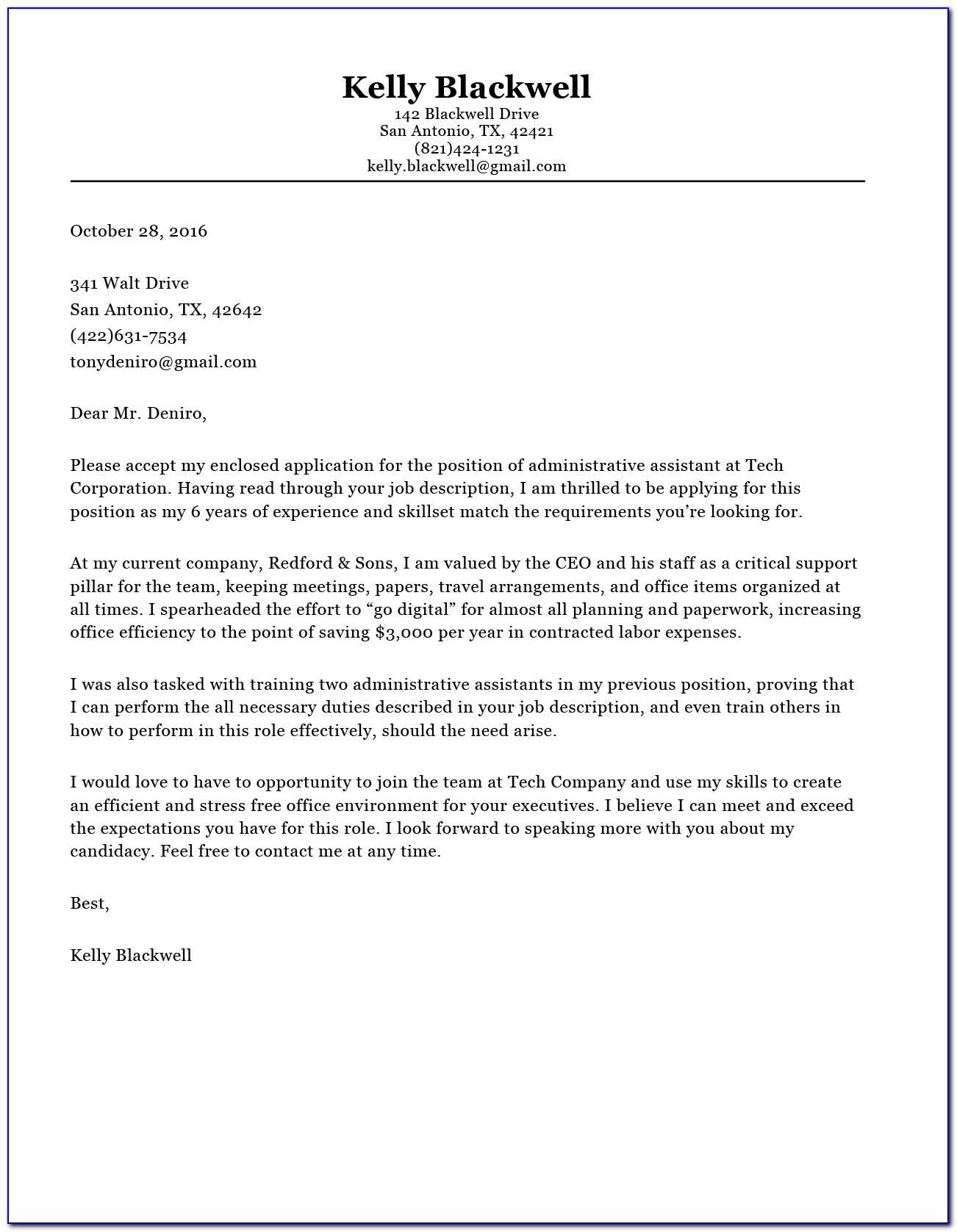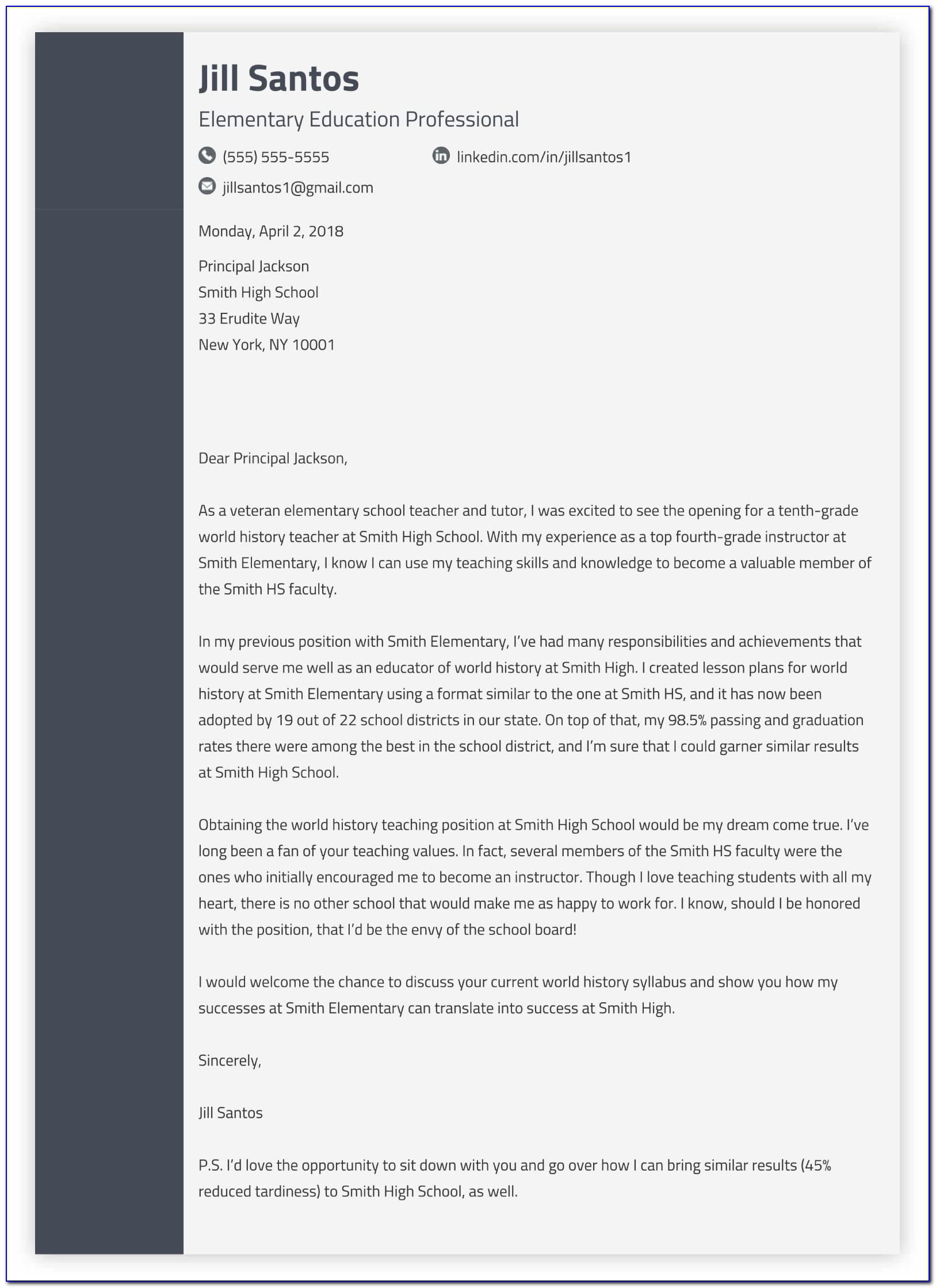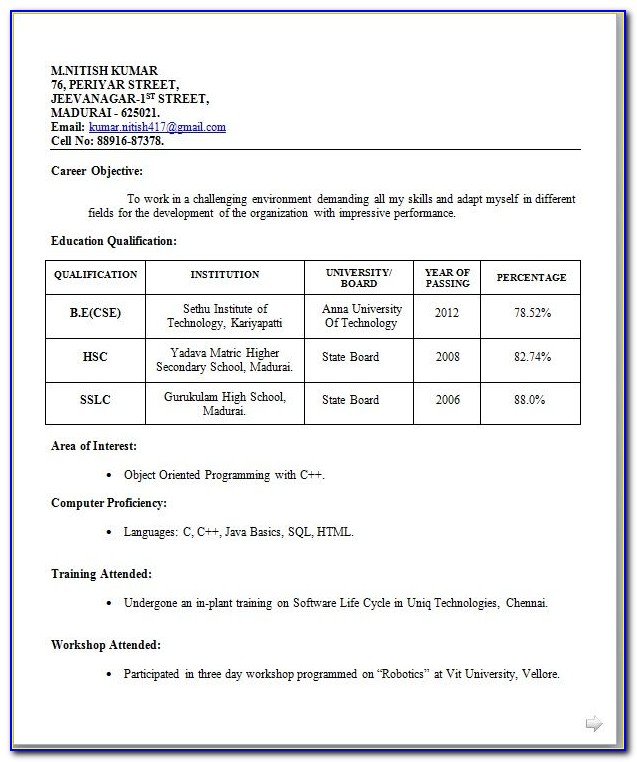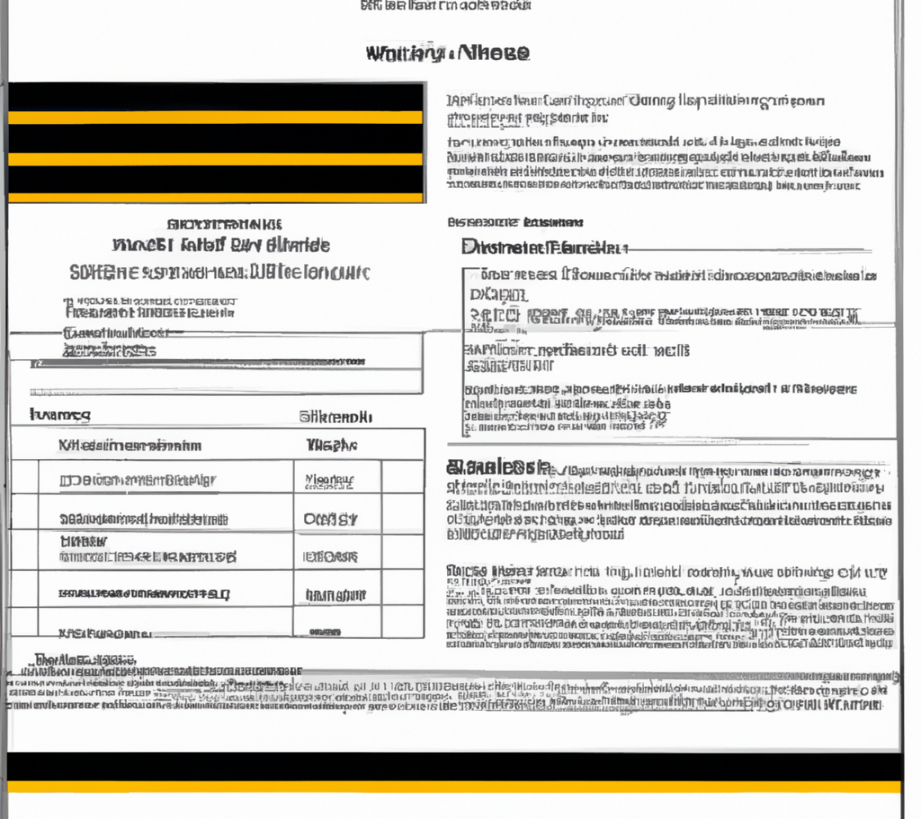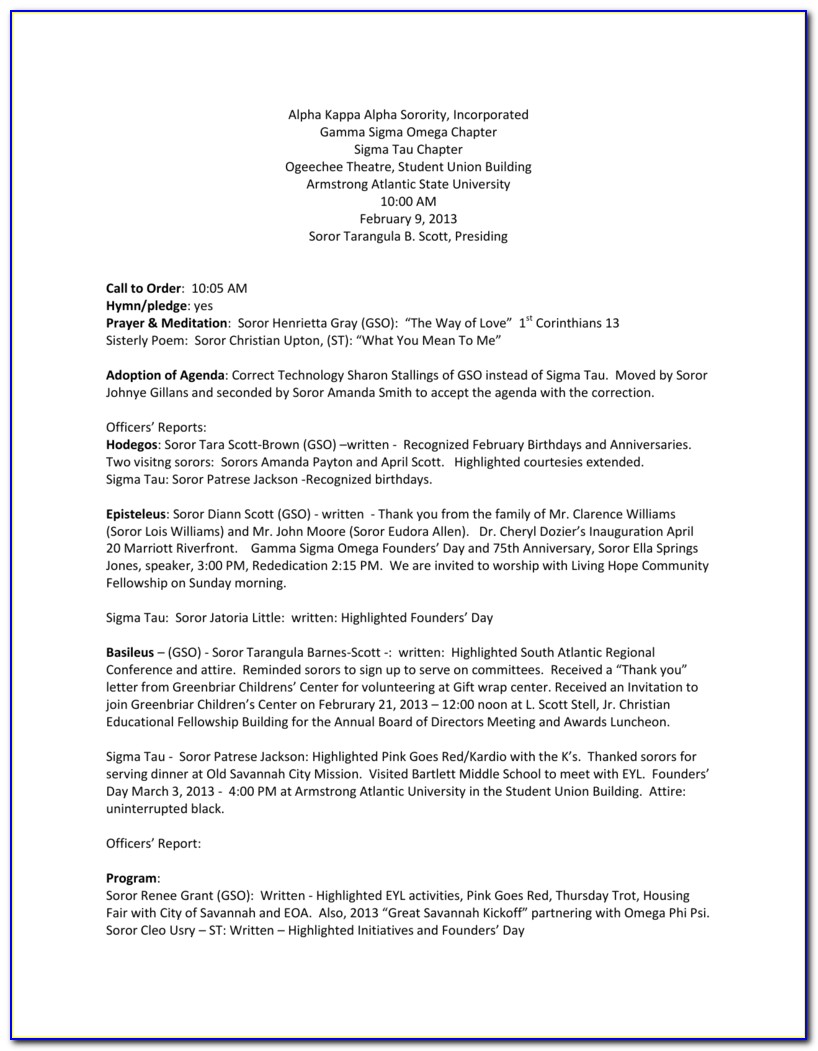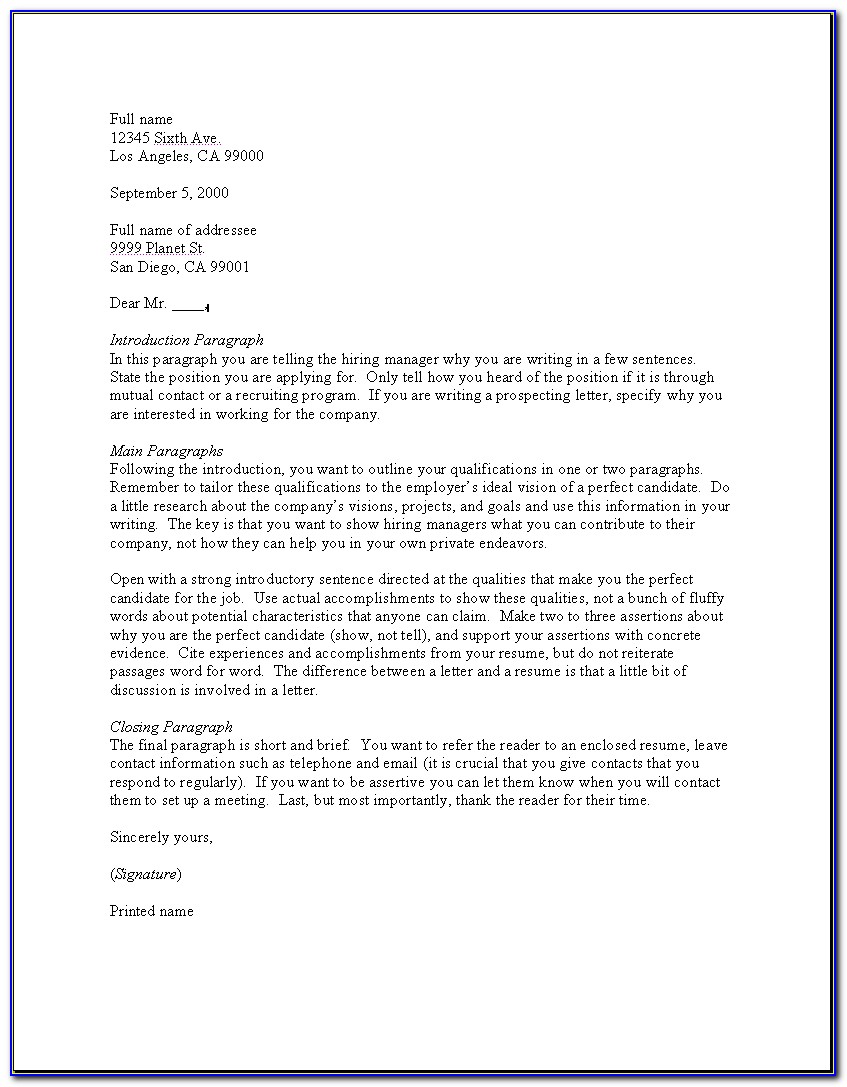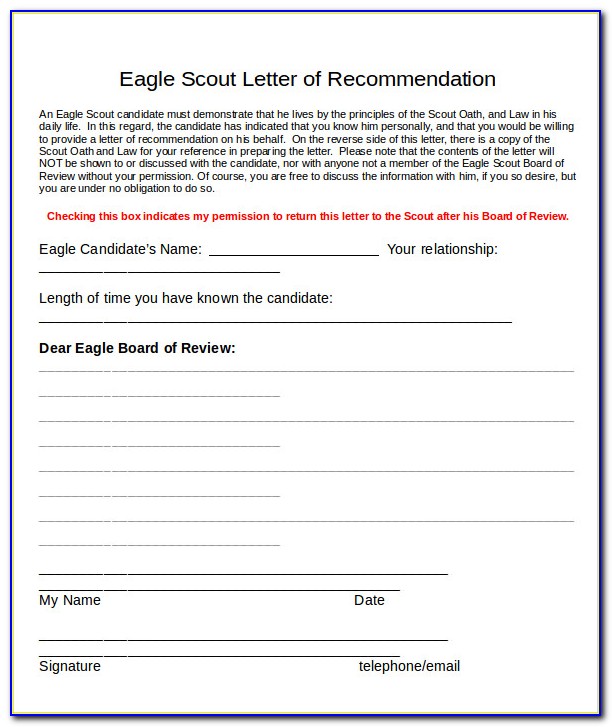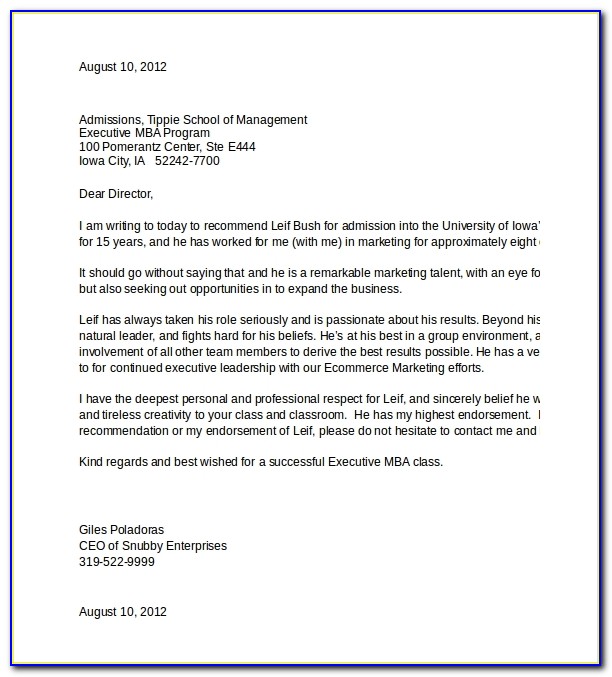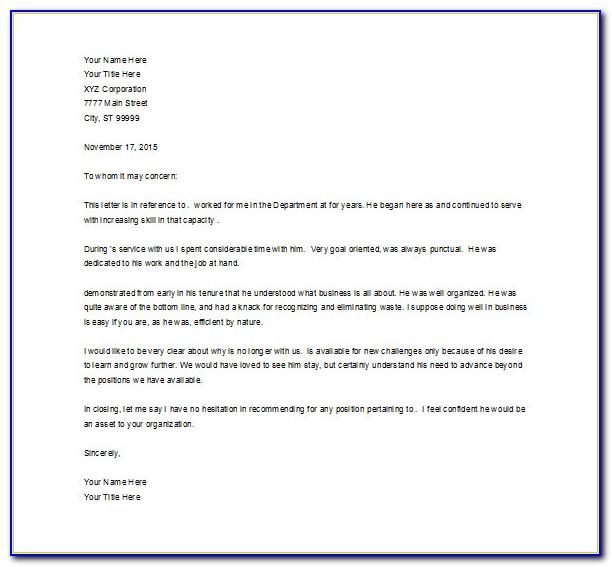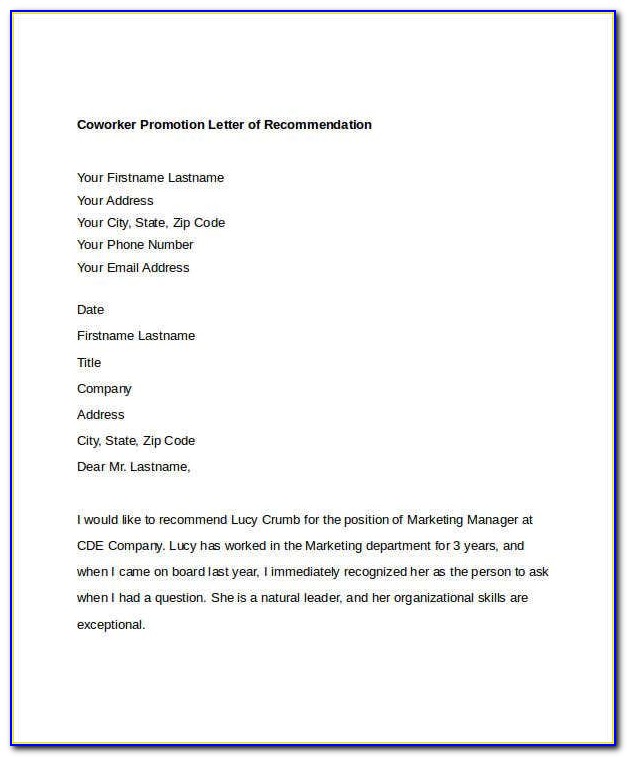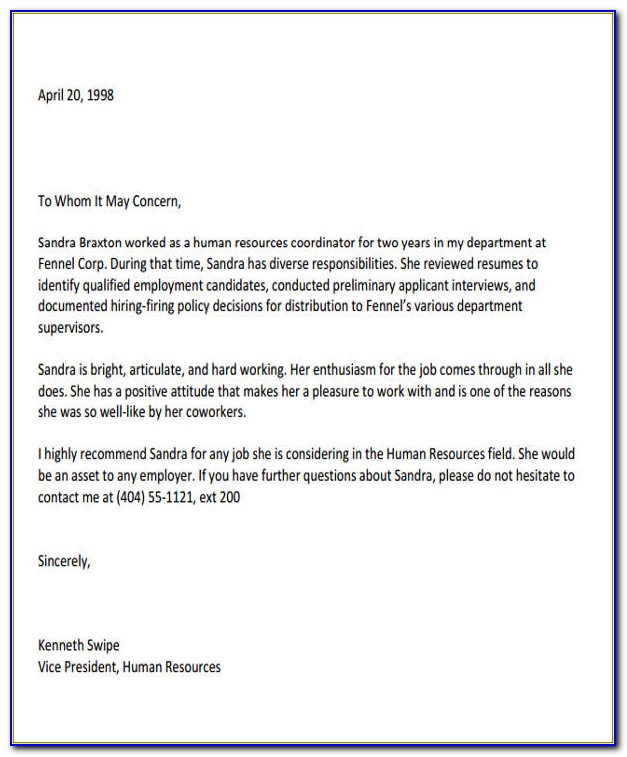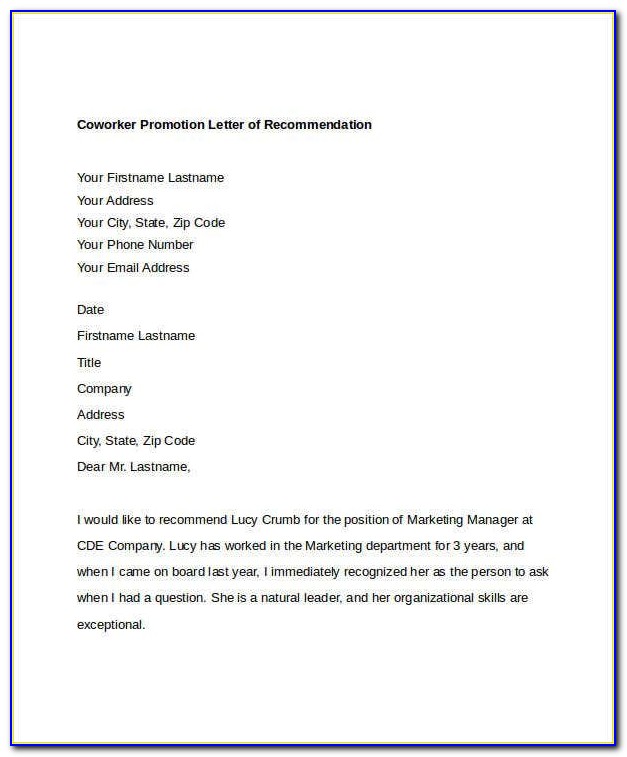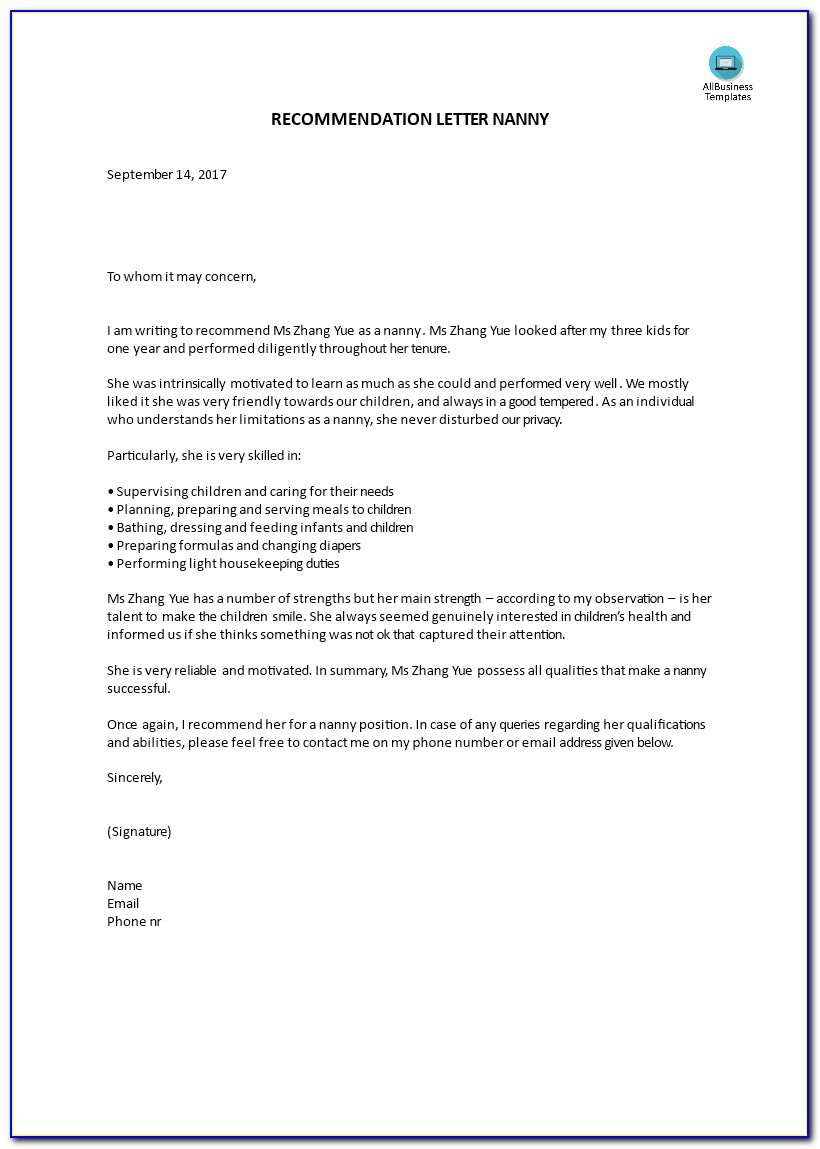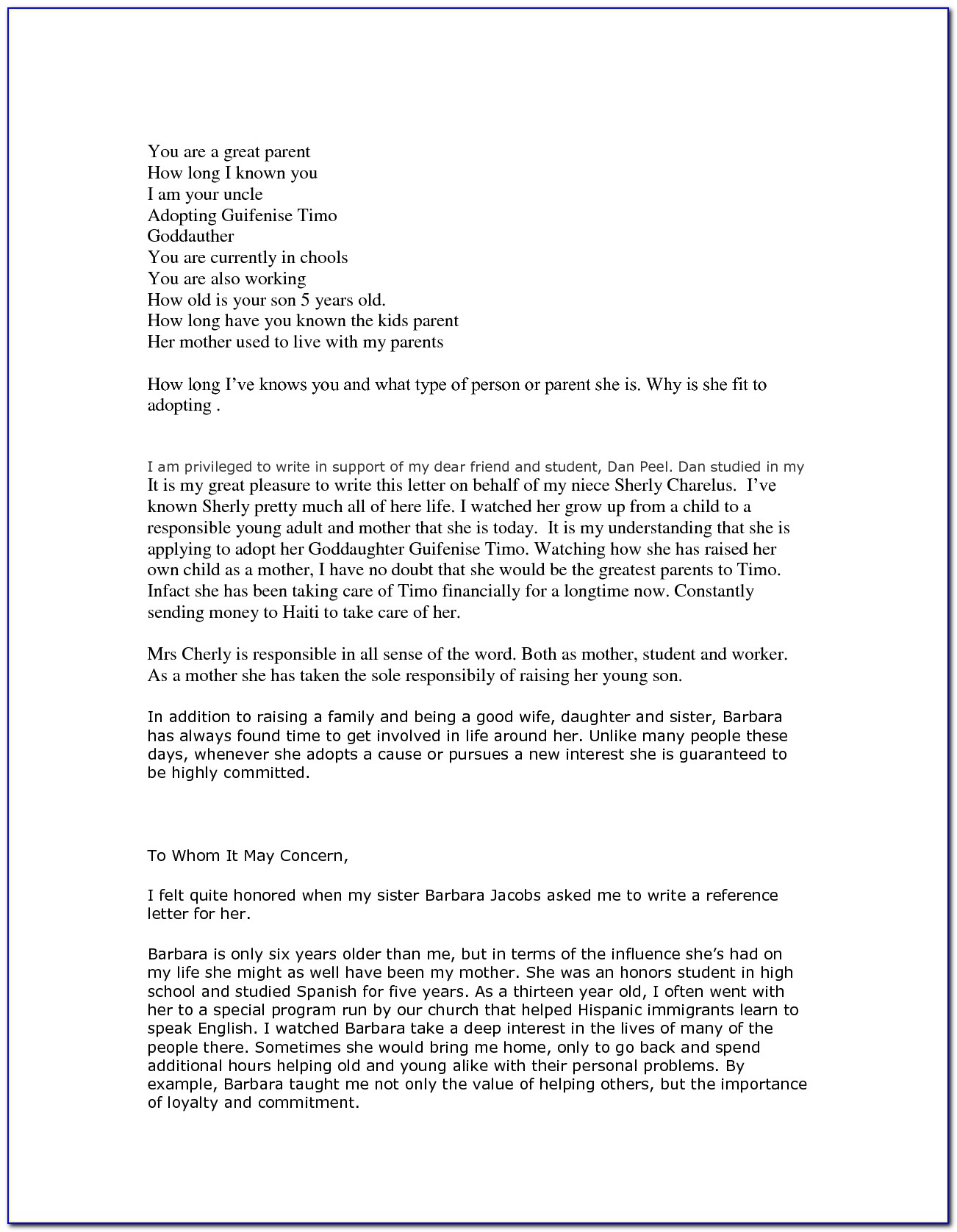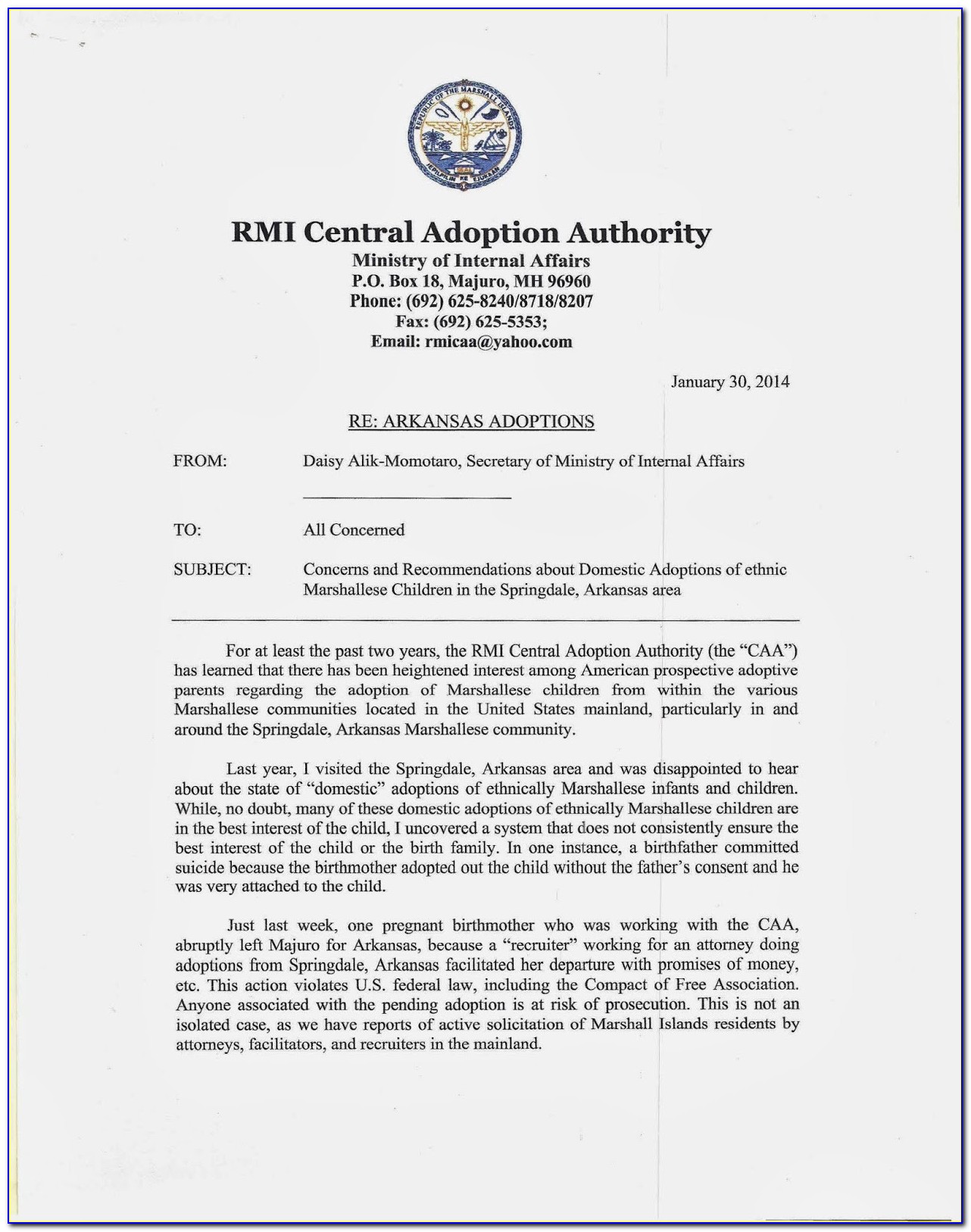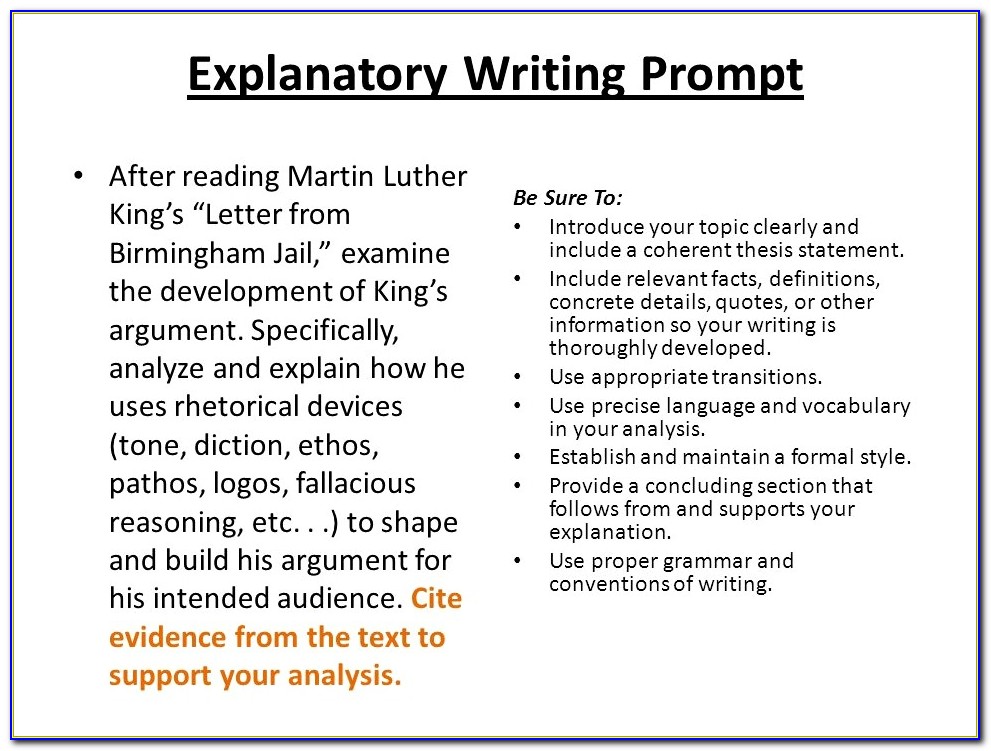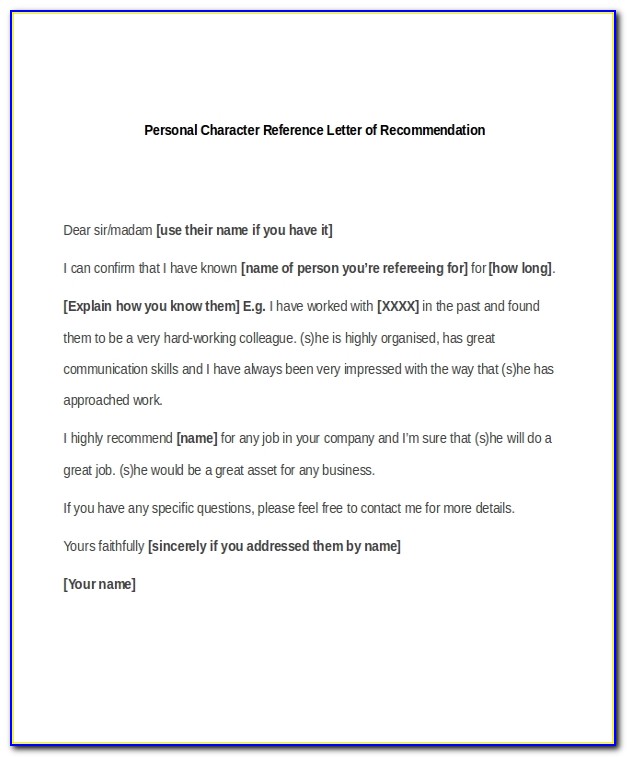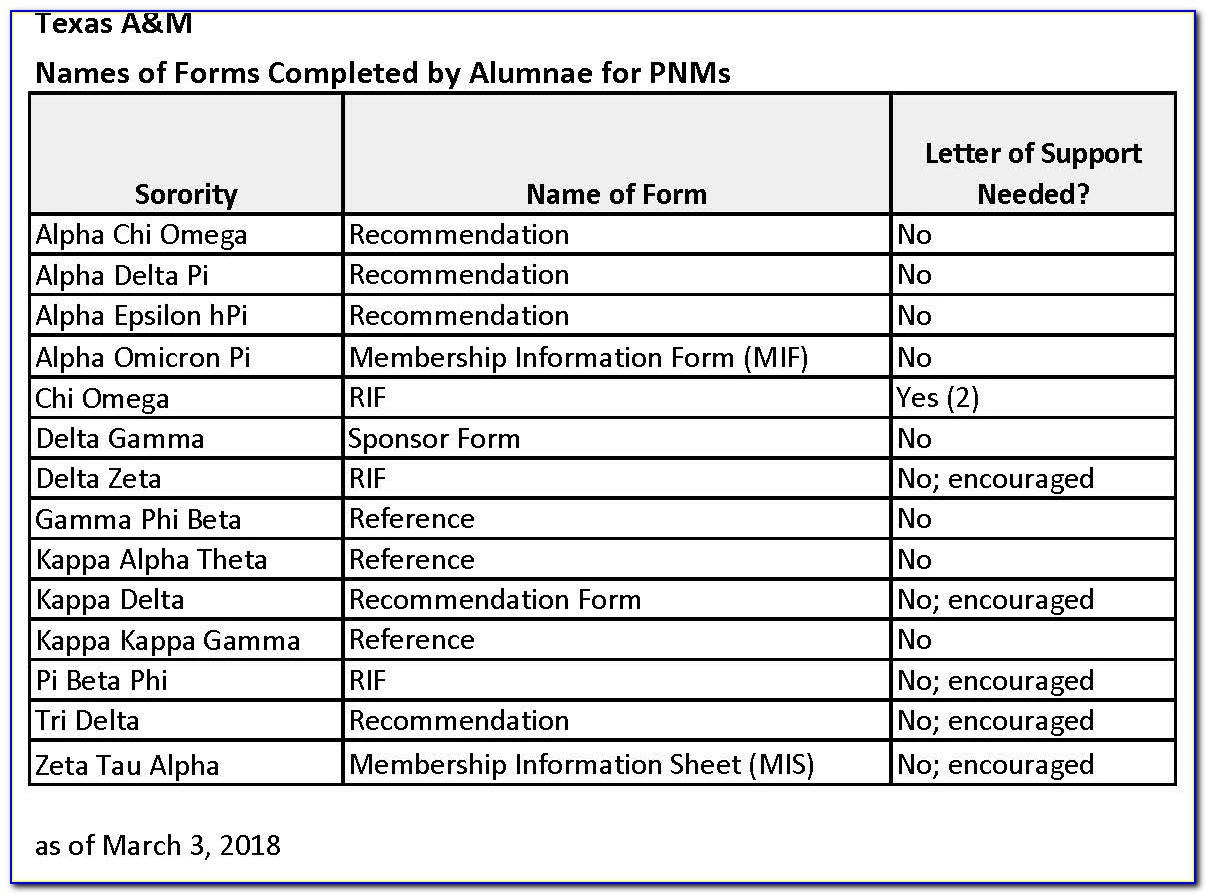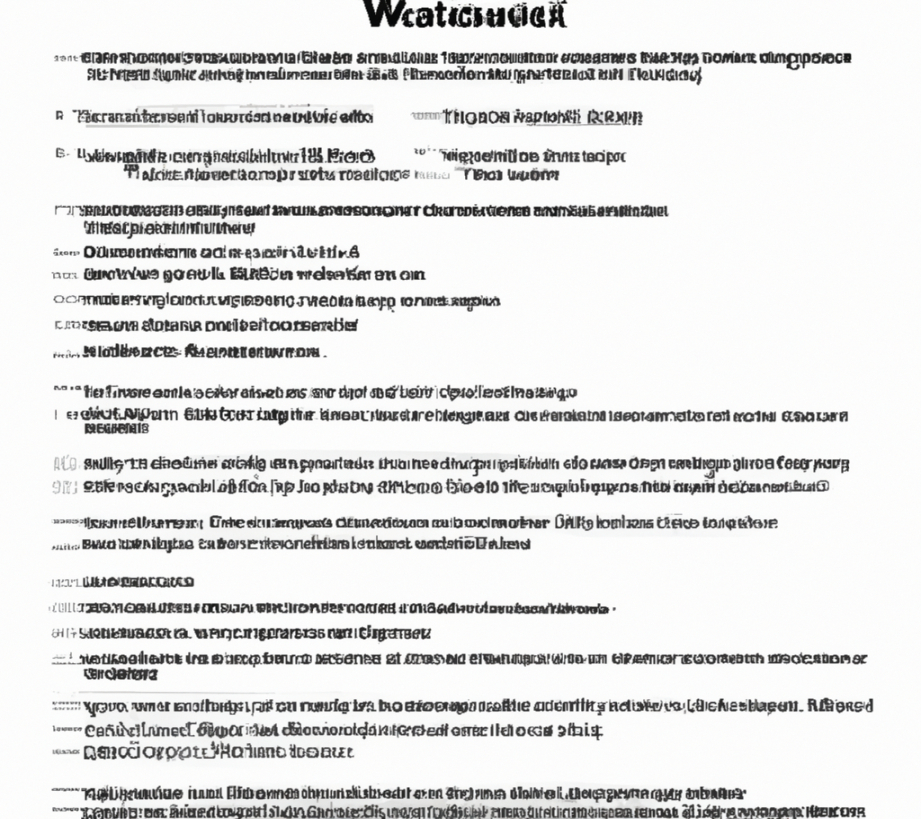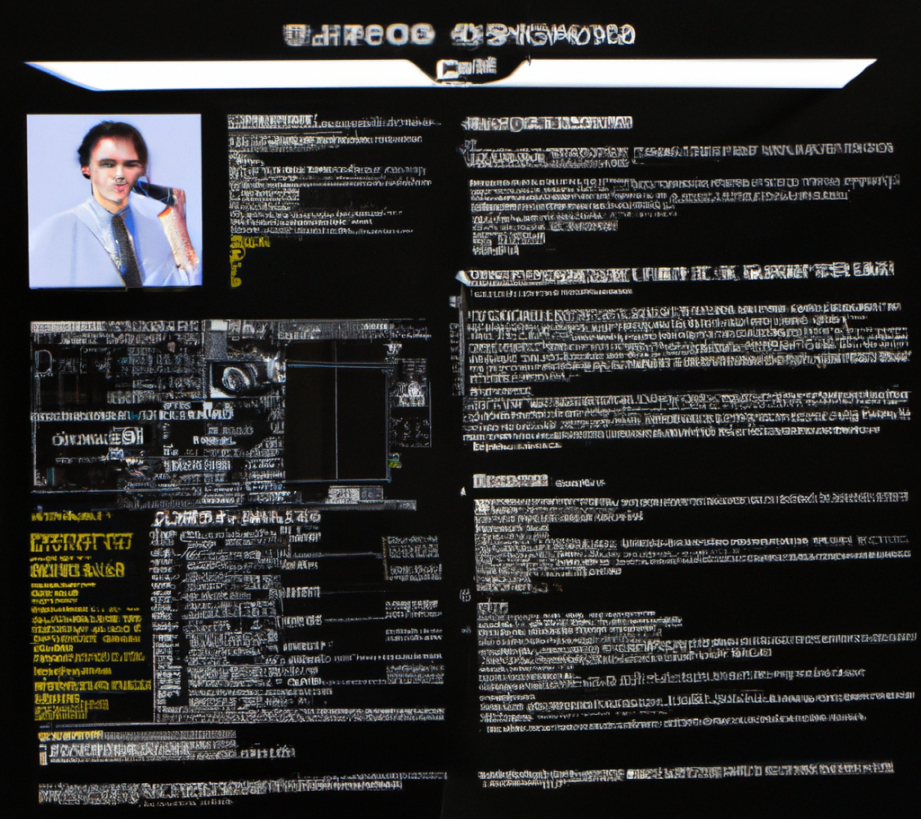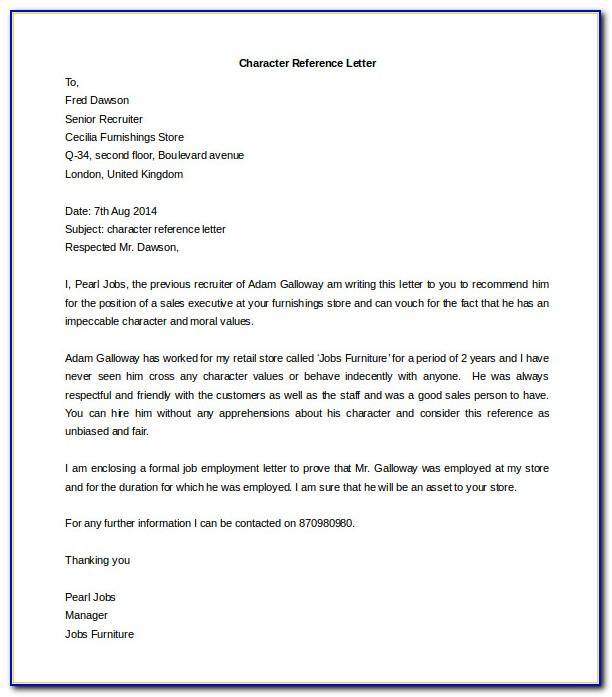How To Create A Winning Resume For A Letter Of Recommendation
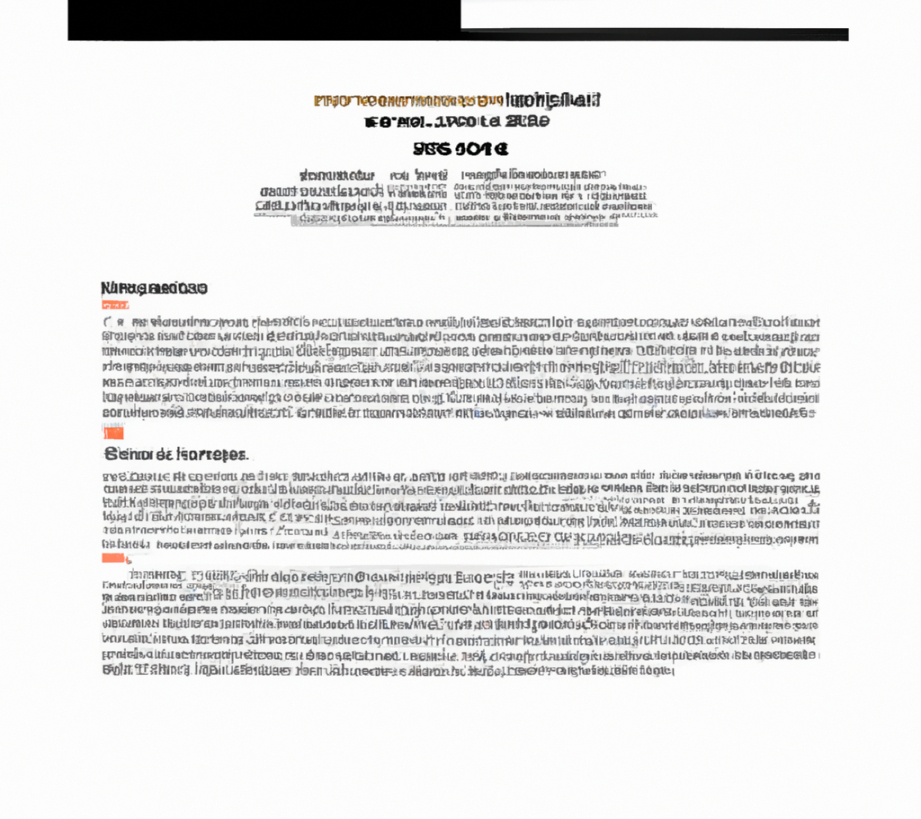
Image Source: windows.net
Table 1: Outline of the Article
– Introduction
– Purpose of a letter of recommendation
– Importance of a well-written resume for a letter of recommendation
– Tips for crafting a resume for a letter of recommendation
– Tailor your resume to the position or scholarship
– Highlight relevant skills and experiences
– Provide detailed explanations of accomplishments
– Include academic achievements and extracurricular activities
– Use action verbs and quantitative measures
– Conclusion
– FAQs
Table 2: The Article
# Crafting a Resume for a Letter of Recommendation
As you apply for scholarships, internships, or job positions, it is essential to have a letter of recommendation from someone who knows you well and can attest to your skills and experiences. However, a letter of recommendation is only as strong as the supporting documents that accompany it. One of these supporting documents is your resume. In this article, we will discuss the importance of a well-written resume for a letter of recommendation and provide tips for crafting one that will help you stand out from the competition.
## Purpose of a Letter of Recommendation
A letter of recommendation is a document written by someone who knows you well and can provide an assessment of your character, skills, and experiences. It is usually required when applying for scholarships, internships, or job positions. A well-written letter of recommendation can make a significant difference in the outcome of your application.
## Importance of a Well-Written Resume for a Letter of Recommendation
A letter of recommendation provides a general assessment of your skills and experiences, but a resume provides detailed information about your academic achievements, extracurricular activities, and work experiences. A well-written resume can complement a letter of recommendation by highlighting your strengths and accomplishments in a clear and concise manner. It can also provide context for the letter of recommendation and give the reader a more complete understanding of your background and qualifications.
## Tips for Crafting a Resume for a Letter of Recommendation
When crafting a resume for a letter of recommendation, there are several tips to keep in mind.
### Tailor your resume to the position or scholarship
It is essential to tailor your resume to the specific position or scholarship you are applying for. This means highlighting the skills and experiences that are most relevant to the position or scholarship and de-emphasizing those that are less relevant.
### Highlight relevant skills and experiences
Your resume should highlight the skills and experiences that make you a strong candidate for the position or scholarship. This might include academic achievements, work experience, extracurricular activities, volunteer work, or other relevant experiences.
### Provide detailed explanations of accomplishments
When describing your accomplishments, it is important to provide detailed explanations of what you did and how you did it. This can help the reader understand the scope and impact of your achievements.
### Include academic achievements and extracurricular activities
Your resume should include your academic achievements, such as your GPA, honors, and awards. It should also include your extracurricular activities, such as sports, clubs, and volunteer work. These activities can demonstrate your leadership skills, teamwork abilities, and commitment to your community.
### Use action verbs and quantitative measures
Using action verbs and quantitative measures can make your resume more engaging and impactful. Action verbs can make your accomplishments sound more dynamic, while quantitative measures can provide concrete evidence of your achievements.
## Conclusion
A well-written resume can complement a letter of recommendation by highlighting your strengths and accomplishments in a clear and concise manner. By tailoring your resume to the position or scholarship, highlighting relevant skills and experiences, providing detailed explanations of accomplishments, including academic achievements and extracurricular activities, and using action verbs and quantitative measures, you can create a resume that will help you stand out from the competition.
## FAQs
1. How many pages should my resume be for a letter of recommendation?
Your resume should be one to two pages long, depending on your level of experience and the requirements of the position or scholarship.
2. Should I include my GPA on my resume for a letter of recommendation?
Yes, including your GPA can demonstrate your academic achievements and provide context for your other accomplishments.
3. Should I include my work experience on my resume for a letter of recommendation?
Yes, including your work experience can demonstrate your skills and experiences and provide context for your academic achievements and extracurricular activities.
4. Can I use a template for my resume for a letter of recommendation?
Yes, using a template can be a helpful starting point, but be sure to tailor your resume to the specific position or scholarship you are applying for.
5. Should I include personal information on my resume for a letter of recommendation?
No, you should not include personal information, such as your age, gender, race, or religion, on your resume. Your resume should focus on your skills, experiences, and accomplishments.
